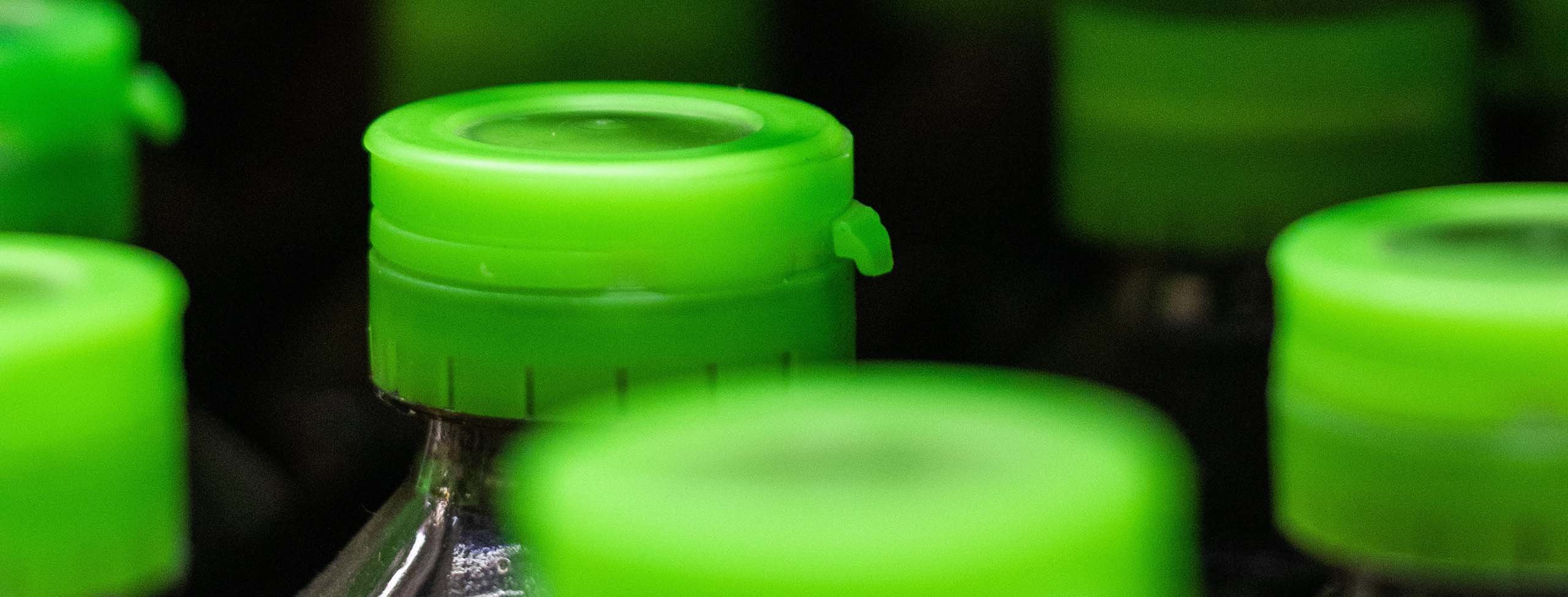
22 May 2023 • 4 minute read
California regulator proposes to list “microplastics” as a Candidate Chemical, with far-reaching possible impacts
On April 27, 2023, California’s Department of Toxic Substances Control (DTSC) announced plans to add microplastics to California’s list of “Candidate Chemicals” that may be regulated under the state’s Safer Consumer Products Program.
Without clearer definitions and limits, listing “microplastics” – which are not a chemical, but the ubiquitous result of plastic shedding from countless sources – could create huge impacts, affecting virtually any product made with plastic and sold in California. California businesses of all types should pay close attention to these developments.
The Safer Consumer Products Program regulations include authoritative lists of Candidate Chemicals, which have one or more “hazard traits” and/or negative environmental or toxicological endpoints. A product containing a Candidate Chemical is selected for regulatory action by DTSC. These couplings then become “Priority Products” through formal DTSC rulemaking.
DTSC selects product-chemical combinations by evaluating the potential of particular products containing Candidate Chemicals to cause significant or widespread adverse impacts. Once a Priority Product is selected, the Candidate Chemical in it is designated a “Chemical of Concern.” Manufacturers of Priority Products sold in California must then comprehensively analyze whether there are alternatives to the use of the Chemical of Concern, or other ways to make the product safer. This is a lengthy and exacting regulatory process involving evaluation by DTSC, collection of public comments, and submission of a detailed Alternatives Analysis by the manufacturer.
“Microplastics” are broadly defined in DTSC’s proposal and are present in nearly every corner of our environment. DTSC’s notice of the proposed listing does not distinguish between different types or sources of microplastics and is not limited to products that contain microplastics by design (commonly, “microbeads”). The language of DTSC’s proposal could encompass any products that release microplastics as they degrade – or, put another way, any product made with any amount of plastic.
DTSC has released materials in advance of its microplastics workshop (scheduled for June 27, 2023) that confirm the breadth of the proposed listing. They define microplastics as:
solid polymeric materials to which chemical additives or other substances may have been added, which are particles having at least three dimensions that are less than 5,000 micrometers (μm). Polymers derived in nature that have not been chemically modified (other than by hydrolysis) are excluded.[1]
The workshop materials acknowledge a distinction between “primary” microplastics (eg, plastic microbeads) and “secondary” microplastics (eg, those that are the result of degradation). Yet the materials are explicit that the definition disregards this distinction and would make both types of “microplastics” subject to potential further regulatory action. One can therefore see how identifying “microplastics” as a Candidate Chemical could create enormous and possibly unsolvable issues for manufacturers.
DTSC has adopted this broad definition despite its own summary of the Candidate Chemicals list’s goals, noting that characteristics such as physical attributes do not belong on the Candidate Chemicals list. But the physical attribute of size – less than 5,0000 micrometers – is the sole criterion of the proposed “microplastics” definition.
DTSC’s workshop materials attempt to address this question of “physical attribute” by citing a regulation allowing chemical listings based on “molecular identity,” which incorporates “particle size, size distribution, and surface area” among many other “properties” that together constitute a chemical’s “molecular identity.”[2] But in doing so, DTSC cherry-picks particle size while ignoring the other 13 characteristics of “molecular identity,” such as agglomeration state, bulk density, chemical composition, and various other critical attributes.
If DTSC lists microplastics as Candidate Chemicals using its proposed definition, any product sold in California containing any amount of plastic could potentially be designated as a Priority Product. The breadth of that definition creates material uncertainty for manufacturers due to the sheer number of products that DTSC may suddenly be able to select and regulate, subjecting them to an arduous regulatory process. Moreover, subjecting microplastics, so broadly defined, to regulation under the Safer Products law would risk bringing the regulation into conflict with myriad other developing laws and efforts to address microplastics through vehicles arguably better suited for the purpose – for instance, the federal Microbead-Free Waters Act, state-level bans, and even the developing UN Treaty on Plastic Pollution.
Stakeholders should consider participating in DTSC’s June 27, 2023 virtual public workshop regarding the potential listing of Microplastics as a Candidate Chemical. The workshop will include a presentation from DTSC staff and will allow time for public comment. DTSC has stated that intends to post additional information about the workshop on its website on May 27, 2023.
DTSC’s notice can be found here. For more information, please contact the authors.


